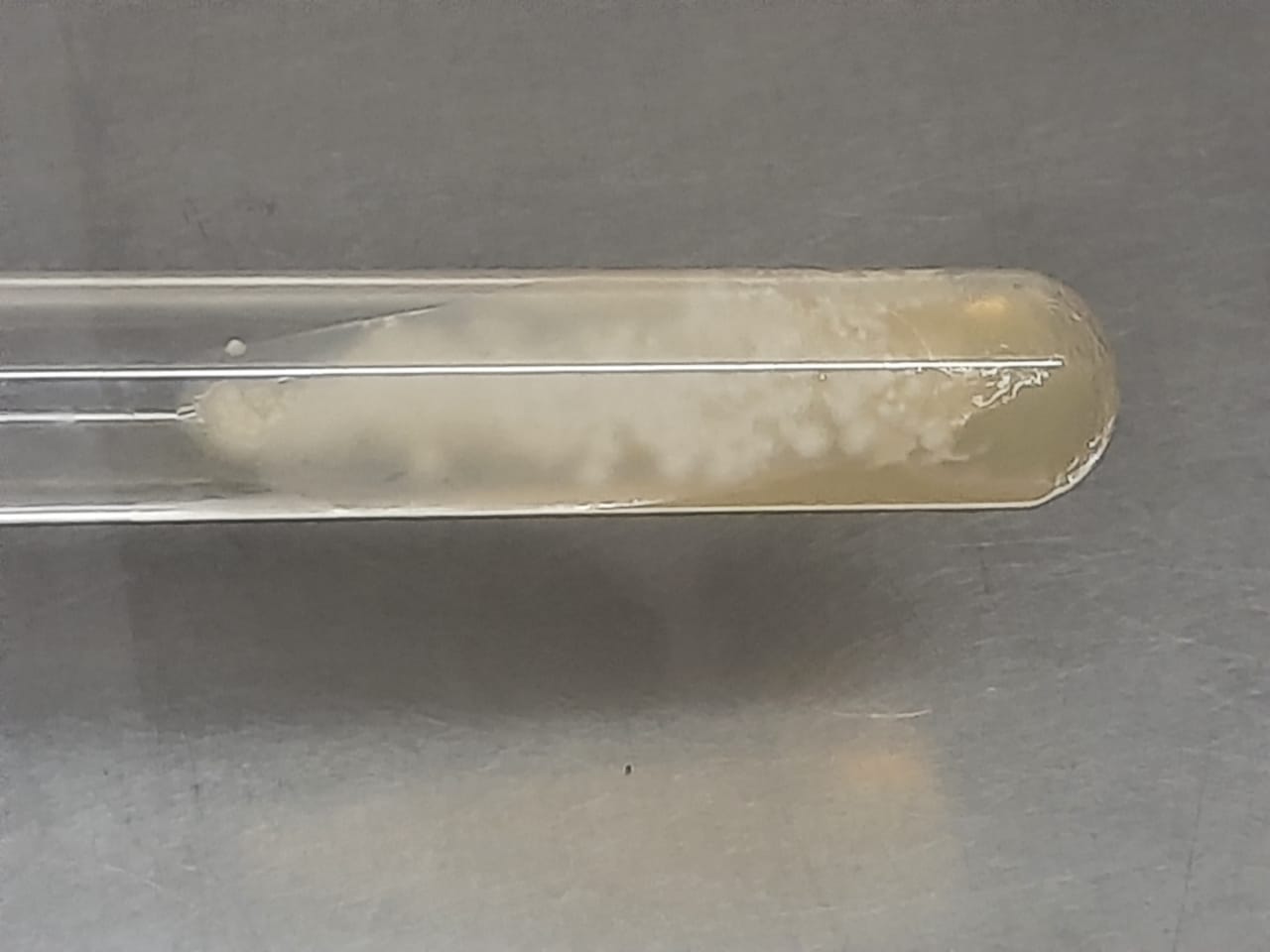Molds-Broth Microdilution Testing (EUCAST): Introduction, Principle, Clinical Significance, and Keynotes
Introduction Invasive mold infections caused by species such as Aspergillus, Fusarium, Scedosporium, and Mucorales pose serious challenges, especially in immunocompromised and oncology patients. Accurate antifungal susceptibility testing (AFST) is essential for guiding therapy and monitoring resistance trends. The EUCAST (European Committee on Antimicrobial Susceptibility Testing) …





